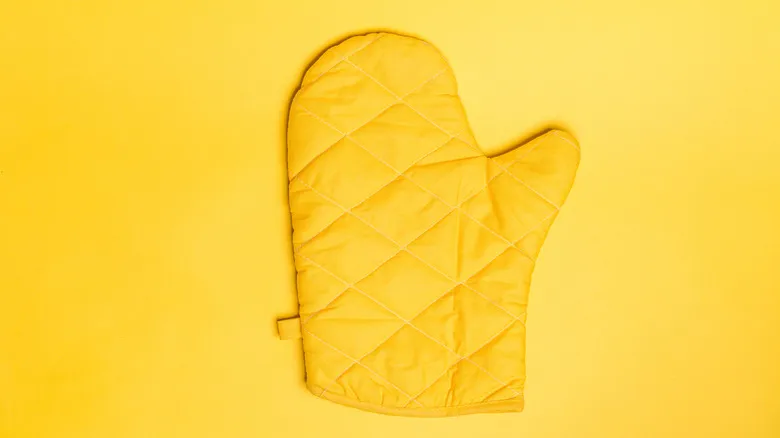Water transfers heat painfully well
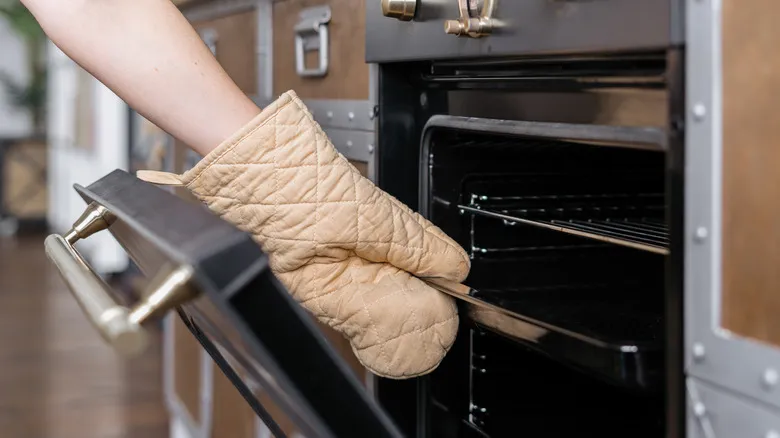
While some may believe that cooking burns primarily result from intense flames on the stovetop, the truth is far less sensational. The American Burn Association reports that between 2013 and 2017, the leading cause of cooking-related burns requiring emergency medical attention was contact with hot ranges, ovens, or cookware. This highlights the importance of using proper hand protection in the kitchen.
Oven mitts are designed to minimize heat transfer and are typically constructed from thick, heat-resistant materials or padding that act as insulating barriers between your skin and hot surfaces. However, their effectiveness can be compromised by their condition and usage. A wet oven mitt, whether due to steam escaping from an open oven or moisture from your hands after washing, can pose a significant risk. Water conducts heat, which undermines the mitt's ability to protect against burns.
Consequently, using a wet oven mitt or pot holder to handle hot cookware can result in severe burns. Dr. Adriana Petrova, who conducted research on oven mitt safety at Oklahoma State University (OSU), stated to OSU News and Media, "If the oven mitt or your hand is wet and the mitt is exposed to oven temperatures of 350 degrees Fahrenheit or 400 degrees Fahrenheit, a third-degree burn could occur in as little as one second, depending on the material."
To safeguard yourself, always ensure your hands are dry before donning oven mitts. Additionally, it's wise to avoid placing or storing your pot holders near the sink or on any damp surfaces. By exercising care and caution, you can prevent this common kitchen hazard and better protect yourself from cooking burns.
Recommended
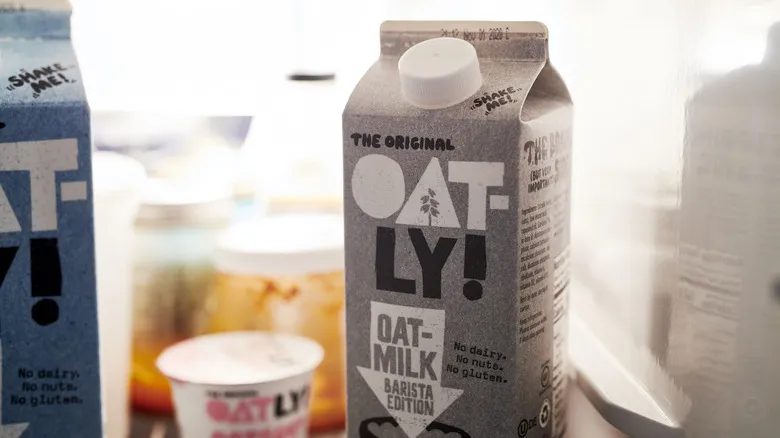
How Long Oat Milk Is Safe To Drink After Opening
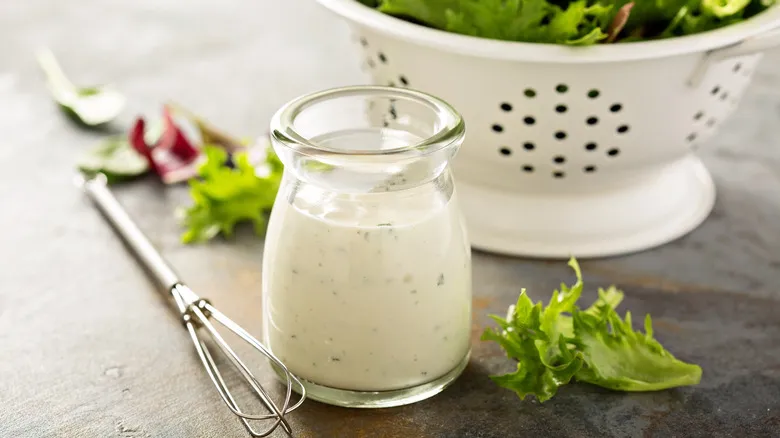
How Long You Can Keep That Open Bottle Of Ranch In Your Fridge
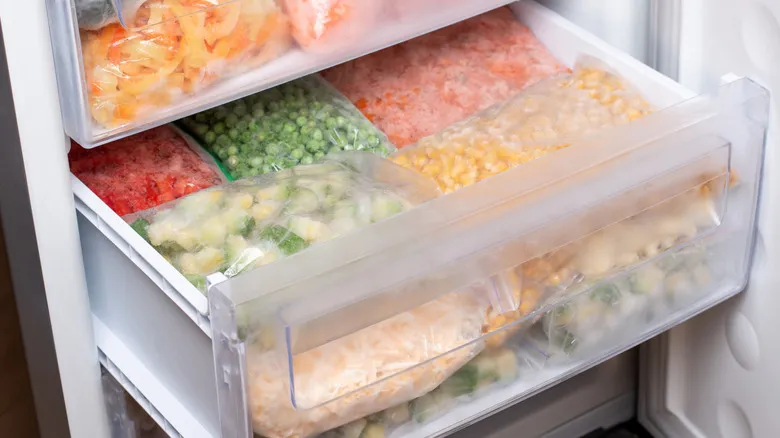
The Smartest Storage Fix To Save Your Food From Freezer Burn
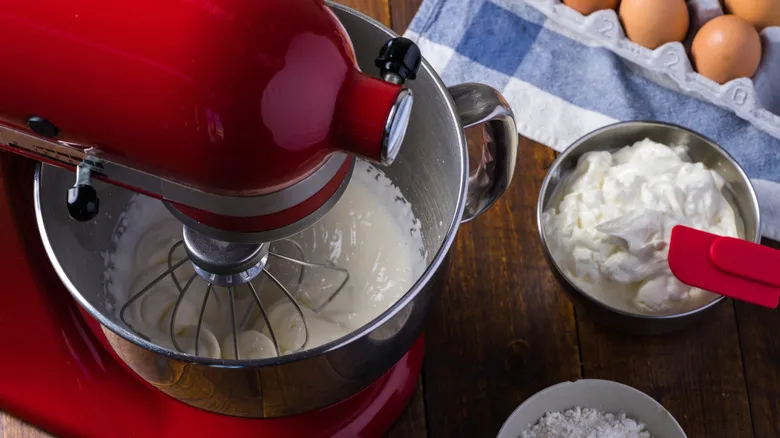
Why You Need A Second Bowl For Your KitchenAid
Next up

